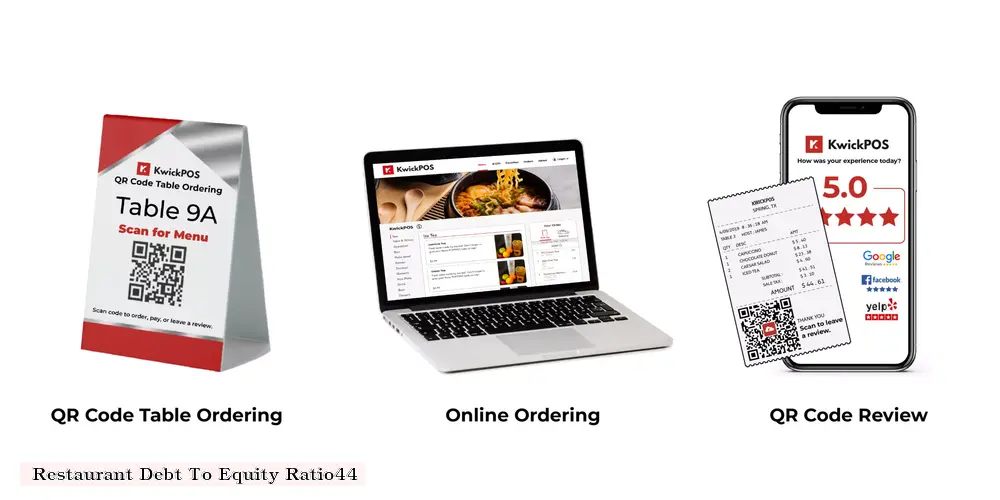

In the context of the restaurant industry, the debt-to-equity ratio can be a useful tool for evaluating the financial health of a restaurant business. A high debt-to-equity ratio may indicate that a restaurant has taken on a significant amount of debt in order to finance its operations or expansion. This can be a risky strategy, as it may leave the restaurant vulnerable to financial distress if it is unable to generate sufficient cash flow to service its debt obligations.
On the other hand, a low debt-to-equity ratio may suggest that a restaurant is less reliant on debt and has a stronger financial foundation. However, it is important to note that a very low debt-to-equity ratio may also indicate that a restaurant is not taking full advantage of opportunities to finance growth through debt.
There is no one-size-fits-all debt-to-equity ratio that is ideal for all restaurants. The appropriate debt-to-equity ratio for a given restaurant will depend on a variety of factors, including the restaurant's stage of development, its growth prospects, and the overall economic environment.
It is also worth noting that the debt-to-equity ratio is just one of many financial metrics that should be considered when evaluating the financial health of a restaurant. Other important factors to consider include revenue growth, profitability, and cash flow.
DISCLAIMER: This information is provided for general informational purposes only, and publication does not constitute an endorsement. Kwick365 does not warrant the accuracy or completeness of any information, text, graphics, links, or other items contained within this content. Kwick365 does not guarantee you will achieve any specific results if you follow any advice herein. It may be advisable for you to consult with a professional such as a lawyer, accountant, or business advisor for advice specific to your situation.
today
Copyright © 2025 Kwick365.com
Designed by KwickPOS is the best restaurant POS